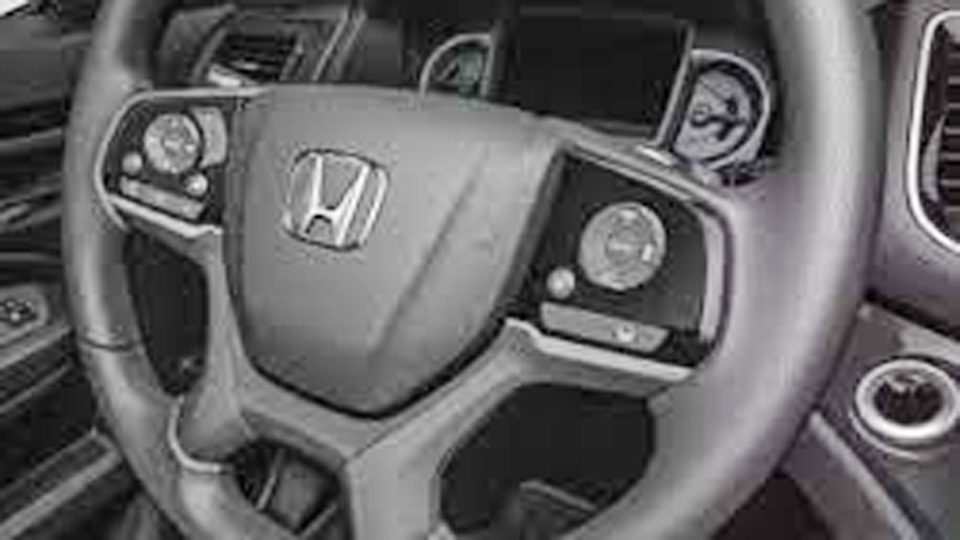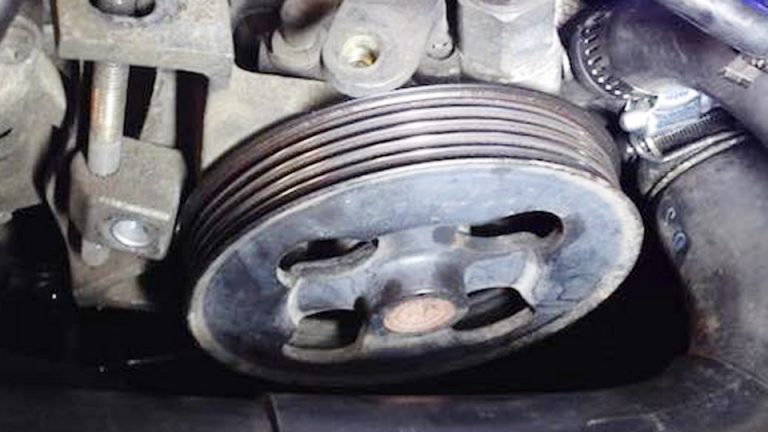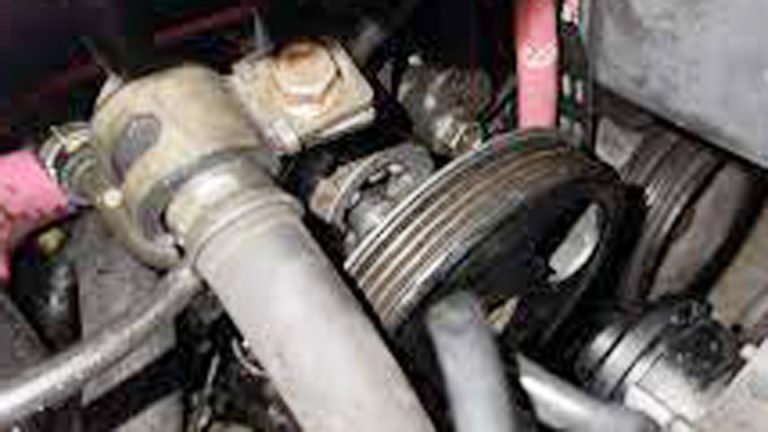Adding remote start with a heated steering wheel is one of those upgrades that makes winter mornings a whole lot more comfortable. I’ve had plenty of customers ask me “How to Program Remote Start with Heated Steering Wheel?”—and the good news is, most modern vehicles already have the wiring and modules in place to make it work. The trick is knowing how to set it up so that when you hit the remote start button, the heated wheel (and sometimes even heated seats) kick on automatically.
In most cases, this feature is controlled through the vehicle’s onboard settings menu or by programming it through the remote start system itself. Some factory systems allow you to toggle heated accessories in the infotainment screen under Remote Start Settings. Aftermarket systems, on the other hand, often require programming the module with a laptop or handheld programmer.
In my garage, I’ve installed and programmed quite a few of these, and the biggest mistake I see people make is skipping the setup step—assuming the heated wheel will come on by default when really it has to be enabled.
I’ll walk you through how remote start systems trigger heated accessories, the steps for programming them (both factory and aftermarket), and a few pro tips to make sure your heated steering wheel works flawlessly every time you fire up the car from a distance.

Image by oempartsonline
Remote Start Systems with Heated Steering Wheel
First things first: what exactly are we talking about here? A remote start system lets you fire up your engine from afar using a key fob, app, or even your phone. When integrated with a heated steering wheel, it automatically activates the wheel’s heating elements—usually coils or pads embedded in the rim—alongside heated seats and climate control. This isn’t just fancy tech; it’s practical for vehicles like the GMC Sierra or Jeep Wrangler, where the system ties into the car’s computer to monitor outside temps and turn on features below 40°F.
In my shop days, I once had a customer with a 2022 Toyota Tundra who thought his remote start was busted because the heated wheel wouldn’t engage. Turns out, it was just a setting buried in the infotainment menu. These systems work via a control module that communicates with your vehicle’s CAN bus network, sending signals to the ignition, HVAC, and accessories. The heated steering wheel part? That’s often an add-on relay or software toggle that syncs with the remote start signal.
Common setups include OEM systems from brands like Ford or GM, which are factory-integrated, and aftermarket kits from Viper or Compustar that you wire in yourself. Why care? Because a mismatched system can lead to glitches, like the wheel heating unevenly or not at all.
Signs Your Remote Start System Needs Programming
Ever hit the remote start button and get nothing but a cold stare from your dashboard? That’s a classic sign something’s off. From my experience wrenching on hundreds of vehicles, here are the red flags that scream “time to program.”
The system starts the engine but ignores the heated steering wheel—maybe the seats warm up, but your hands stay icy. This often happens after a battery replacement or software update resets the settings. I’ve seen it a lot in BMW X5s, where the heated wheel option is temp-dependent but gets deselected accidentally.
Another telltale: erratic behavior, like the remote working sporadically or the fob not syncing. If your key fob’s battery is fresh but the range is junk, programming might recalibrate it. And don’t overlook error codes on the dash—things like “Remote Start Disabled” in a Ram 1500 usually mean the module needs a reprogram.
Flickering lights or unusual chimes during start? That’s wiring or programming gone awry. I remember a 2018 Honda CR-V where the aftermarket remote start was installed sloppily, causing the heated wheel to cycle on and off. A quick reprogram fixed it right up.
When and Why You Might Need to Replace Your Remote Start System
Replacement isn’t always about failure; sometimes it’s an upgrade. If your factory remote start lacks heated steering wheel integration—like in older models without the feature—you might swap for a newer module. Or if the original fob wears out (those buttons take a beating), a replacement key fob needs programming to match.
Why replace? Safety first—if the system fails in sub-zero temps, you’re risking frostbite or poor visibility. Performance-wise, a faulty module can drain your battery or interfere with other electronics. Cost? OEM replacements run $300–$600, while aftermarket kits are $200–$400, plus labor. Reliability is key; I’ve pulled fried modules from Fords exposed to moisture, leading to total system failure.
In the US, compatibility matters—check for vehicles like the 2023 GMC Sierra or 2024 Jeep Grand Cherokee, where federal emissions standards affect how modules integrate. If you’re in a state like California with strict CARB rules, stick to compliant parts to avoid inspection headaches.
OEM vs Aftermarket Remote Start Options: Which is Right for You?
Ah, the eternal debate: factory-fresh OEM or customizable aftermarket? I’ve installed both, and each has its place. OEM systems, like Ford’s integrated remote start, blend seamlessly with your vehicle’s electronics. They’re warranty-friendly and often include auto-activation for heated features below 45°F. But they can have shorter range—maybe 200 feet—and fewer bells like smartphone apps.
Aftermarket options from brands like Viper or Start-X? They’re beasts for customization. You can add drone mobile control or integrate with existing heated steering wheels via relays. Range? Up to 1 mile on some models. Downside: Potential voided warranties if not installed right, and cheaper kits might glitch.
Let me break it down in a table based on what I’ve seen in the shop:
| Aspect | OEM Remote Start | Aftermarket Remote Start |
|---|---|---|
| Cost | $400–$800 (including install) | $200–$500 (DIY possible) |
| Integration | Perfect with factory heated wheel | Requires wiring/relays for integration |
| Range | 100–300 feet | 500 feet–1 mile |
| Features | Basic auto-heat based on temp | App control, geo-fencing, alarms |
| Warranty Impact | None | Possible if poor install |
| Brands/Examples | Ford Sync, GM OnStar | Viper, Compustar, Fortin |
| Pros | Reliable, no extra fobs | Affordable, customizable |
| Cons | Limited options, expensive | Installation complexity, reliability varies |
For US availability, OEM parts are at dealerships like Chevy or Toyota service centers. Aftermarket? AutoZone, Best Buy, or online from 12Volt.Solutions. Pros of OEM: Peace of mind. Cons: Pricey. Aftermarket pros: Value and features. Cons: DIY risks. I once swapped an OEM for a Viper in a Subaru Outback—customer loved the extended range but regretted the wiring hassle.
Step-by-Step Guide: How to Program Remote Start with Heated Steering Wheel
Alright, gloves off—let’s get hands-on. I’ll cover both OEM and aftermarket, assuming you’re in a garage with basic tools. Safety first: Disconnect the battery to avoid shocks, and work in a well-ventilated space.
For OEM systems (e.g., Ford F-150):
- Start the vehicle and access the infotainment screen.
- Navigate to Settings > Vehicle > Remote Start Setup.
- Select Seats and Steering Wheel > Auto. This enables heated features during remote start when temps drop below 40°F.
- Test by exiting, locking, and remote starting from the fob (usually press lock twice, then start button).
- If it doesn’t engage, check ambient temp—many systems won’t activate above 45°F.
For GM vehicles like Chevy Bolt:
- Go to Settings > Vehicle > Remote Lock, Unlock, Start.
- Toggle Remote Start Auto Heat Seats (includes wheel) to On.
- Save and test.
Now, aftermarket like Start-X or Viper:
- Install the module first—plug into OBD-II port or wire to ignition harness. For heated wheel integration, connect a relay to the steering wheel circuit (usually under the dash).
- Enter programming mode: Turn ignition on/off three times, or follow kit instructions (e.g., hold brake and press fob button).
- Pair the fob: Press lock/unlock sequence while in learn mode. For heated features, program the auxiliary output—set it to pulse when remote started and temp sensor reads low.
- Test: Remote start and feel the wheel warm up. Adjust timers if needed (most apps let you set 10-15 min runtime).
- Fine-tune: Use a multimeter to check connections; bad grounds cause failures.
I programmed a Compustar in a 2020 Ram 1500 last winter—the key was syncing the relay properly so the heated wheel didn’t overheat.
Common Mistakes and Installation Tips
Biggest blunder? Skipping the compatibility check. I’ve seen folks buy a Viper kit for a push-start Toyota only to find it needs a bypass module. Tip: Use the manufacturer’s online fit guide.
Another mistake: Rushing wiring. Strip wires cleanly, use heat-shrink tubing, and avoid tapping into high-current lines—that can fry the module. For heated steering wheel tie-in, locate the correct wire (often purple/green in Fords) with a wiring diagram.
Personal anecdote: On a Jeep Wrangler, I once forgot to reprogram after a battery swap—the remote start worked, but the heated wheel stayed cold. Customer thought it was broken; turns out, it reset to manual.
Safety tips: Wear gloves, use circuit testers, and never leave the car running unattended during tests. For DIY, start simple—plug-and-play kits like Fortin are forgiving.
Tools You’ll Need for Programming and Installation
No fancy shop required, but good tools make it smooth. Essentials:
- OBD-II scanner or key programmer (like Autel KM100 for aftermarket fobs—great for beginners).
- Multimeter for voltage checks.
- Wire strippers, crimpers, and T-tap connectors.
- Screwdriver set and trim removal tools to access dash panels.
- Optional: Diagnostic tool like a Smart Pro for advanced OEM reprogramming.
In my toolkit, I always carry extra zip ties and electrical tape—keeps things tidy and prevents rattles.
Identifying Genuine vs Fake Remote Start Parts
Counterfeits are rampant online, especially key fobs. How to spot the real deal? Genuine OEM fobs say “OEM” explicitly and have holograms or serial numbers matching your VIN. Buy from authorized dealers or sites like RockAuto.
For aftermarket, check packaging—Viper uses sealed boxes with QR codes for authenticity. Fakes feel lighter, have poor button response, or mismatched logos. I once got a dud fob from a sketchy eBay seller; it programmed but failed after a week.
Tip: Test range and build quality. Genuine parts last; fakes drain batteries fast.
Maintenance Best Practices for Longevity
Keep it running smooth: Clean fob contacts yearly, replace batteries every 2 years (CR2032 common). Check module for corrosion, especially in salty US regions like the Northeast.
Schedule software updates at dealerships for OEM—keeps integration tight. For aftermarket, use the app to monitor battery health. Pro tip: If your heated wheel feels uneven, inspect pads under the leather; replacements are $100–$200.
Anecdote: Helped a buddy maintain his BMW’s system—regular checks prevented a costly module swap.
Conclusion
Wrapping this up, programming your remote start with heated steering wheel isn’t rocket science—it’s about understanding your vehicle, choosing the right parts, and following steps carefully. Whether you go OEM for seamless reliability or aftermarket for features and savings, prioritize compatibility and quality installation. You’ll save on fuel, boost comfort, and drive safer. Always test in real cold weather; what works in your garage might glitch at 20°F. Stay warm out there, and happy wrenching!
FAQ
Can I add heated steering wheel to an older car with remote start?
Absolutely, but it requires aftermarket kits. Install a heated wheel cover or full replacement rim (brands like Wheelskins, $150–$300), then integrate with your remote start via relays. I’ve done this on a 2015 Honda Accord—wiring took an hour, but the payoff in winter is huge.
Why doesn’t my heated steering wheel turn on with remote start?
Often, it’s the settings—check for “Auto” mode in your vehicle’s menu, as it only activates below 40–45°F. If aftermarket, verify relay connections. Battery issues or software glitches are common culprits too.
What’s the average cost to install a remote start system in the US?
Expect $300–$600 for professional install, including parts. DIY aftermarket kits start at $200 from places like Amazon or AutoZone. OEM adds $100–$200 more but ensures warranty coverage.
How do I know if my key fob is compatible with heated features?
Check your owner’s manual or fob buttons—many have a dedicated heat icon. For aftermarket, ensure the module supports auxiliary outputs. Test by remote starting; if the wheel warms, you’re good.
Are there any risks to adding aftermarket remote start?
Minimal if installed right—potential battery drain or wiring shorts, but quality brands like Compustar minimize that. Avoid cheap imports; they can void warranties or cause electrical issues. Always consult a pro if unsure.



